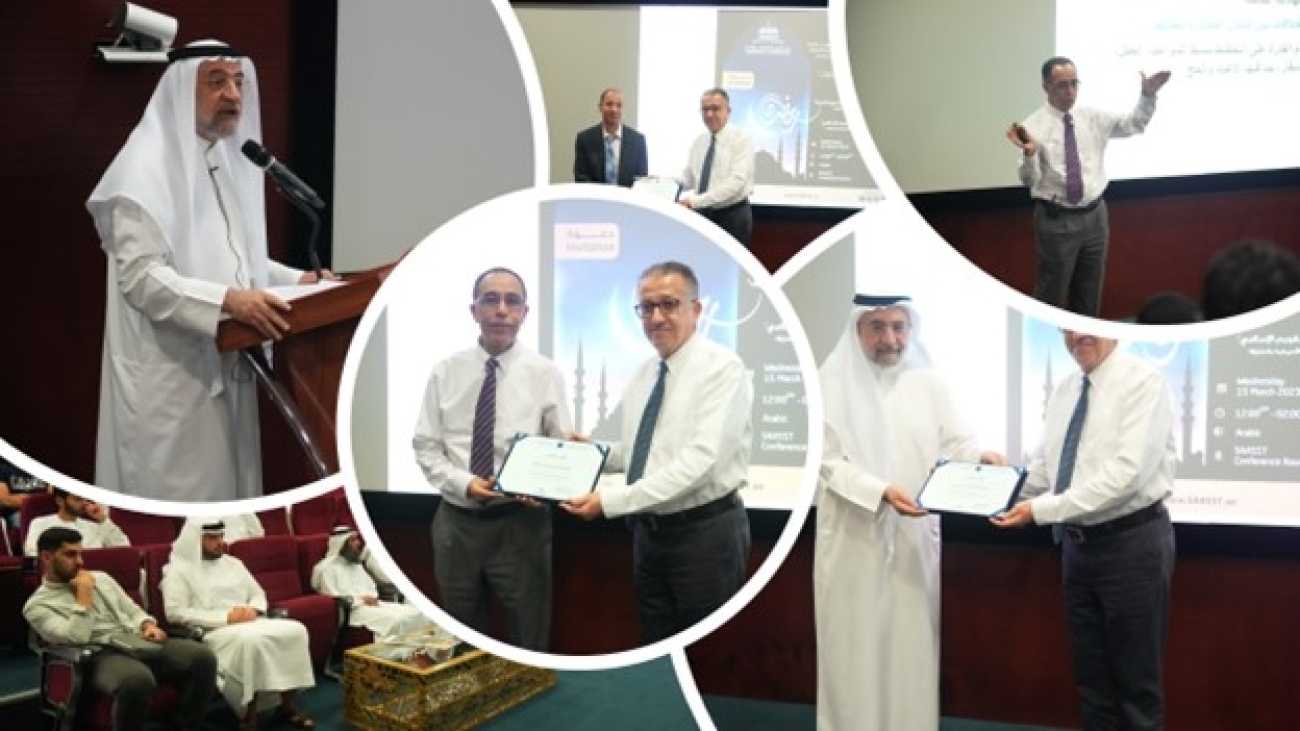Prof. Abdal Samee Al-Aniess, from the Department of Foundations of Religion, and Prof. Nidhal Guessoum from the American University of Sharjah were the guest speakers at this workshop.
In his talk “The crescent of Ramadan in the light of the Hadith of the Prophet (PBUH),” Prof. Abdal Samee mentioned that there is no contradiction between the hadith of the Prophet (PBUH) related to fasting and breaking the fasting when observing the crescent, and the continuation of the month if not observed because of weather conditions. He gave many examples of real situations during the time of the Prophet Mohamed (PBUH). Furthermore, Prof. Abdal Samee mentioned that Islam encourages astronomical calculations to help define the beginning of the Islamic months.
Prof. Nidhal Guessoum’s talk “The solution to the Crescent Problem is the Islamic Calendar” focused on the wrong sightings contradicting any astronomical data and the need for an Islamic calendar for the Muslim world. The sighting of the new crescent is not a trivial problem. Previous civilizations like the Babylonian, and even early Muslim astronomers, have mainly emphasized on the astronomical data rather than on the physical conditions related to the brightness of the sky and the crescent. Modern research has brought to light the physics behind the crescent visibility problem. In addition, several applications exist to help to decide on the possibility of seeing the crescent over the such or such region.



